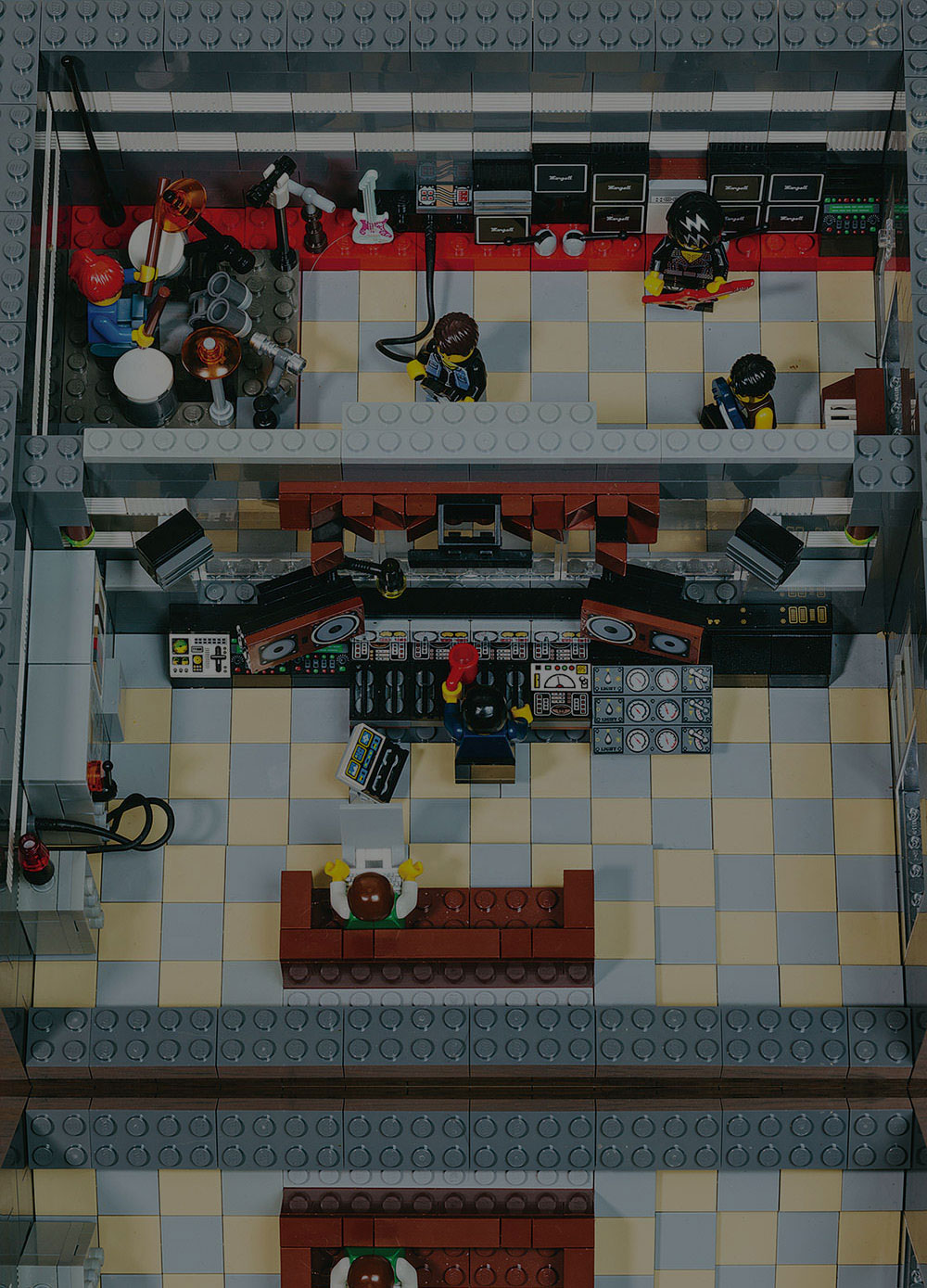"It's not rocket science — putting good microphones up and getting a balance in a good room." So states Al Schmitt, as we watch him and Steve Genewick lead a two-day master class while recording the Chris Walden Big Band at Capitol Studios' Studio A. Al Schmitt has worked with some of music's most important artists, including Henry Mancini, Frank Sinatra, Madonna, Ray Charles, Sam Cooke, Sammy Davis, Jr., Natalie Cole, Thelonious Monk, Elvis Presley, Michael Jackson, and Paul McCartney. He's a world-class engineer/producer with a lot of experience behind the board. In this film, we get to watch like a fly on the wall, as Al and Steve go through setup, get the musicians in place, get balances, and eventually mix a song (more on that later).
The custom-made piano cover/sleeve for isolation he had made for Diana Krall is a cool trick to see. Al's explanations of his mic choices are a treat to hear, and you get to see Al fine-tuning and adjusting mic placement to his liking. His stories about past sessions are priceless — this is a man with so many important sessions in his past. As he's setting up, the enthusiastic conversations with the musicians illustrate how invested he really is, and you get the feeling they respect Al immensely and are going to play well. As Al says, "When you go into the studio and they're running down the first tune, you hear that sound come at you. The big band — there's nothing like it. I get goose bumps when I go out there. My job is to come here, into the control room, and capture that sound."
Dave Pensado [Tape Op #111] and Ryan Hewitt [#61] are there, with others, watching the proceedings; and they make some insightful comments about making records and Al's working methods.
One of Al's points here is the use of microphones and placement over EQ and compression. As Al says, "I'm a microphone freak, so I'm always trying different microphones on stuff. People are always amazed because I don't use any EQ when I record or when I mix on a project that I've recorded. When I started, we didn't have any equalizers in the board. If we wanted something a little brighter, we would change the mic." Good advice indeed.
Criticisms of this film? There are many times when we could be critically listening, yet the lavalier mics on Al and Steve seem to be open, so we end up hearing more of the sound of the control room than would be preferred. The tradeoff is we get to hear Al and Steve at work — Steve calling out song sections and Al listening closely and making adjustments. The end of the film, which is ostensibly about mixing, really is a playback of the song, with Al asking if anyone has questions; and the video wraps up. I was left baffled. Nothing about the mixing process was discussed, which seems a shame. At just over an hour, it seems like the video could have been a little bit longer and included more details.
Chris Walden's compositions and arrangements are top notch. It's a pleasure to see these "cream of the crop" session players running down these charts under his direction. Maybe it's less of a how-to course and more of a rare glimpse at watching a master of recording at work. The demeanor and attitudes of both Al and Steve also clue us in on how to carry oneself in the studio, and how to be productive, critical, and pleasant at the same time.




_disp_horizontal_bw.jpg)